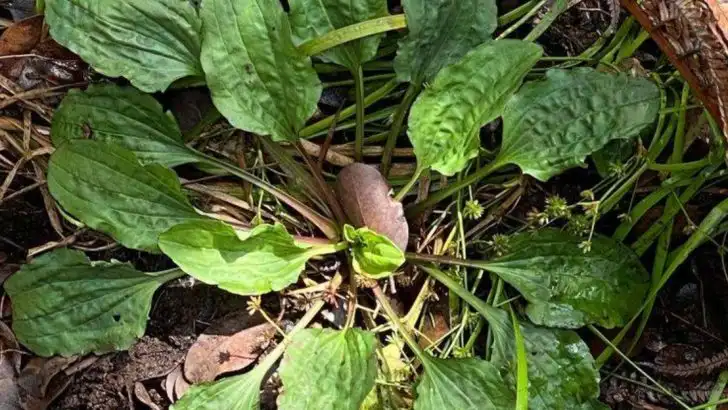Not all weeds are bad news—in fact, some are signs that your garden is on the right track. Certain “weeds” only show up in nutrient-rich, well-structured, biologically active soil, acting as quiet indicators of hidden fertility.
Plants like clover, dandelion, and chickweed often take root where the soil is balanced, alive, and thriving beneath the surface. Far from being nuisances, these resilient growers can point to good drainage, strong microbial life, and even the natural presence of key minerals.
In this article, we’ll explore 12 common “weeds” that actually signal a healthy garden ecosystem—so you can stop pulling and start reading the signs.
Clover
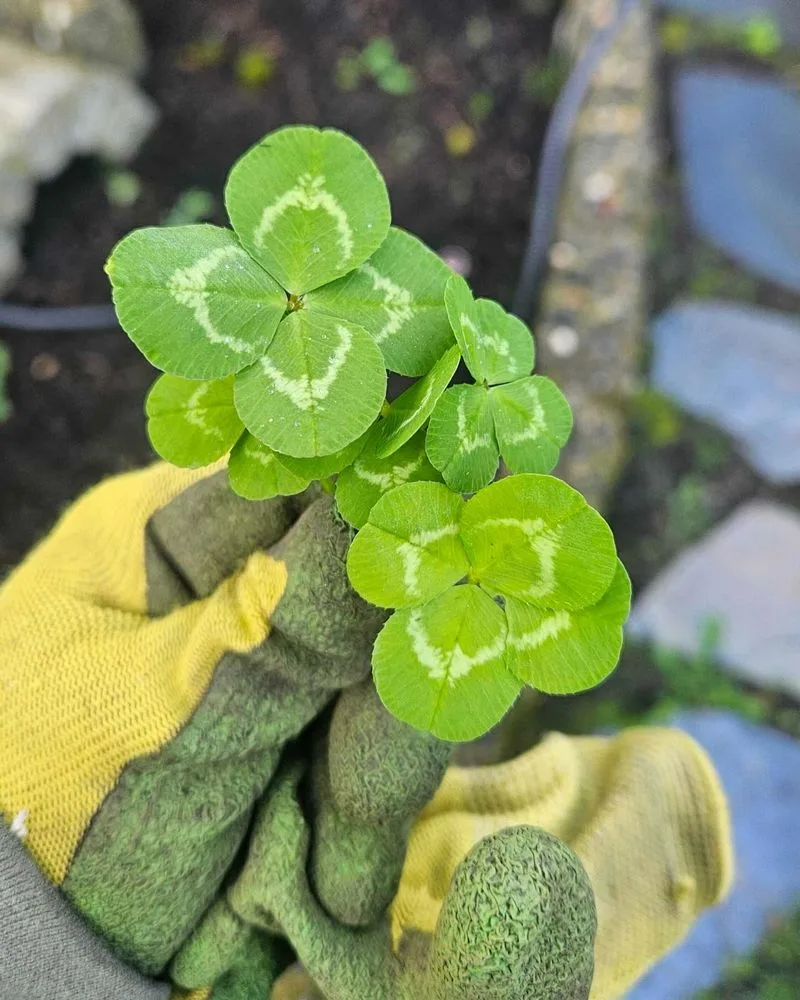
Clover in your garden might just be a sign that your soil is doing well. This humble plant often appears where nitrogen is abundant, indicating fertile ground. Its roots help fix nitrogen, naturally enriching the soil. A fun fact: clover has been used for centuries as a cover crop. In medieval times, it was planted to rejuvenate exhausted fields. Not just a lucky charm, clover signals a garden bursting with life. Next time you see those trifoliate leaves, know your soil is in excellent health.
Dandelion
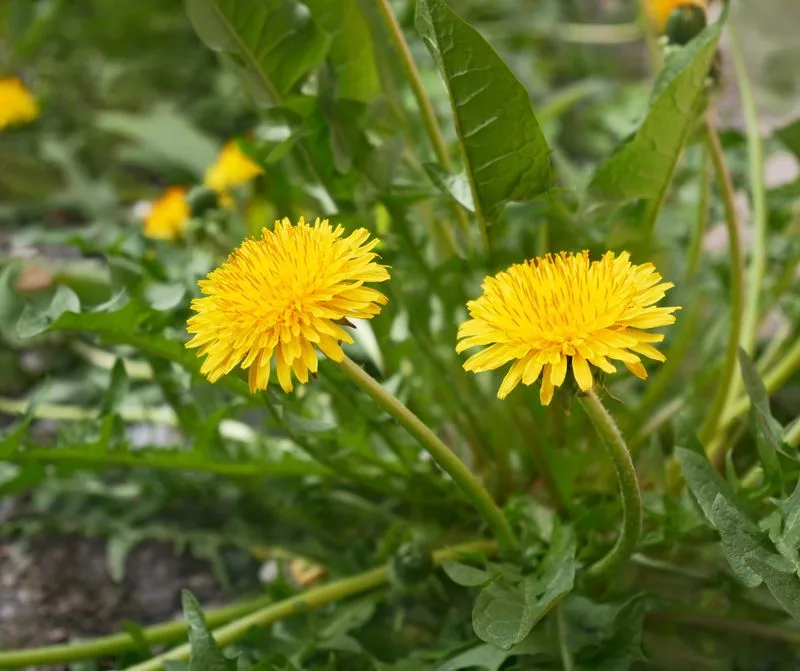
Dandelions, with their sunny blooms, often get a bad rap, but they tell a positive story. These resilient plants thrive in calcium-rich soil, serving as nature’s soil aerators. Their deep taproots break up compacted layers, allowing air and water to penetrate the ground. Historically, dandelions have been used in herbal medicines, symbolizing healing and resilience. If dandelions pepper your lawn, take it as a compliment to your soil’s health. They’re not just weeds; they’re hardworking helpers in disguise.
Chicory
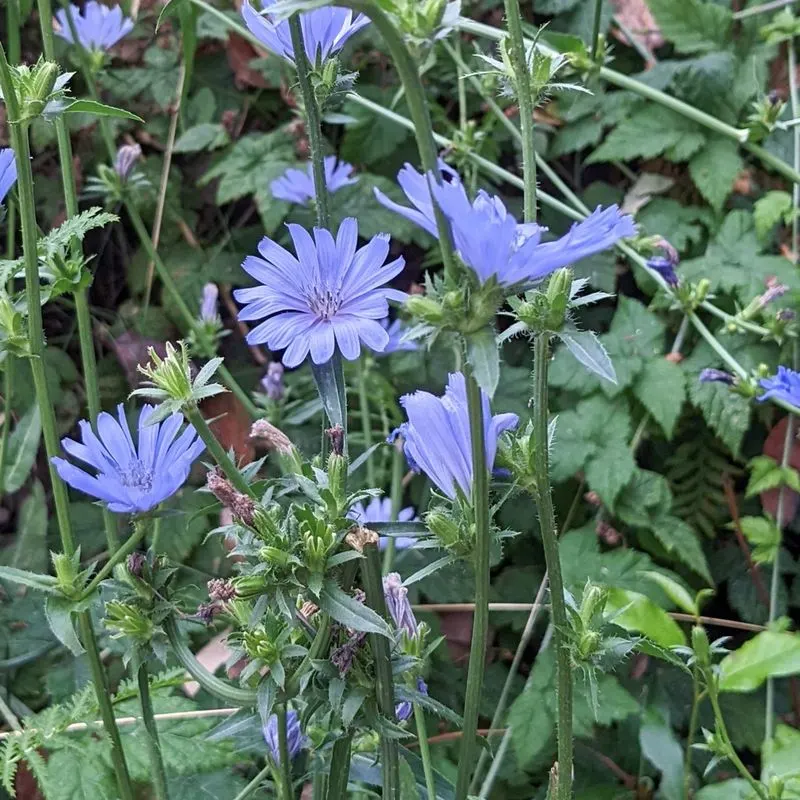
Chicory flaunts its striking blue flowers along roadsides and in fields, but it’s also a sign of healthy soil. Its presence suggests calcium-rich conditions, beneficial for a variety of plants. The roots of chicory dig deep, bringing nutrients closer to the surface. Used as a coffee substitute in times of scarcity, chicory is valued beyond its floral charm. Its deep roots are doing a service, enriching the soil and enhancing its overall quality. A field with chicory is a sign of vitality.
Nettle
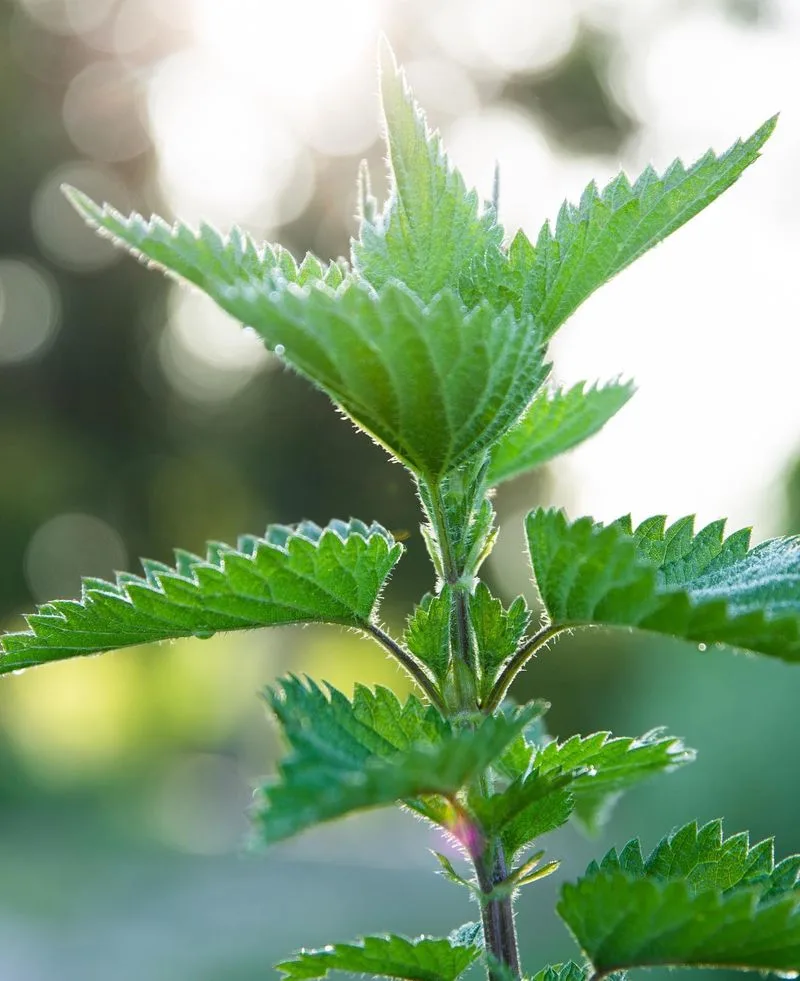
Though nettles are infamous for their sting, they’re actually indicators of rich, nitrogen-rich soil. These plants thrive where nutrients abound, and their presence can signal soil fertility. Historically, nettles have been used in textiles and medicine, showcasing their versatility. If you spot these prickly plants, it’s a sign of nutrient-rich soil. The irony is that their sting is a sign that your garden is teeming with life. Nettles are nature’s way of telling you the soil is well-nourished.
Burdock
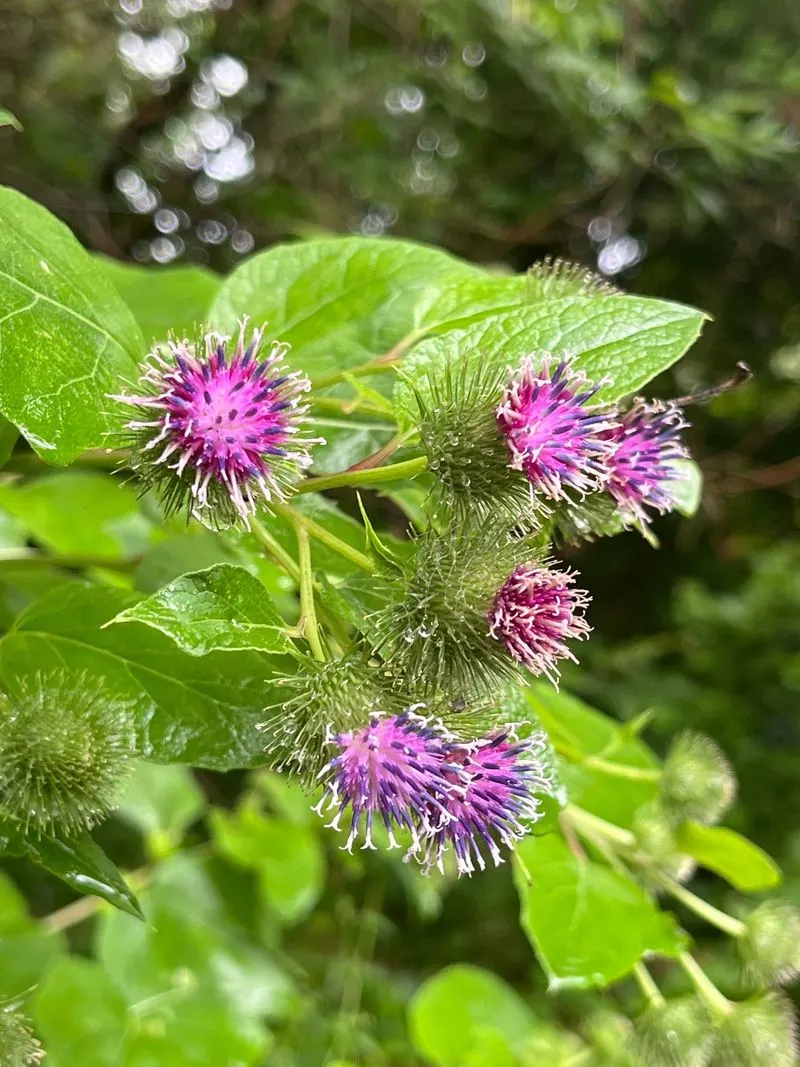
Burdock, with its giant leaves and burrs, is a telltale sign of healthy soil. This plant prefers nutrient-rich environments, and its robust root system helps aerate and improve soil structure. Traditionally, burdock has been used in culinary and medicinal applications. If you find burdock growing in your garden, it’s an indication of fertile, well-balanced soil. This tenacious plant is a friend to the soil, silently working to improve its health. Burdock’s presence is a nod to your soil’s quality.
Lamb’s Quarters

Lamb’s quarters, often mistaken for a mere weed, is actually a sign of fertile soil. This plant thrives in nutrient-dense environments, often where the soil is rich in phosphorus. Its leaves are edible and have been consumed historically as a spinach substitute. When you see lamb’s quarters sprouting, it’s a subtle nod to your soil’s productive potential. Its presence is a natural indicator of soil teeming with nutrients. This unassuming plant is a quiet testament to the health of your garden.
Horseweed
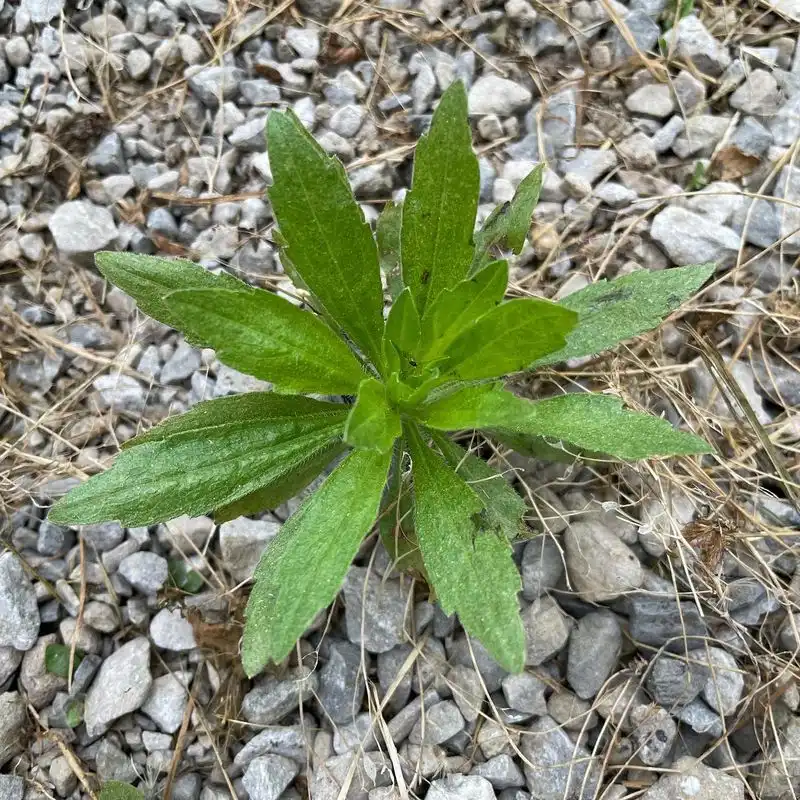
Horseweed stands tall and proud, often signaling soil that’s in good health. This plant thrives where the ground is fertile and well-drained. Historically used by Native Americans for medicinal purposes, horseweed is more than just a towering weed. If you find it gracing your land, consider it a positive indicator. Its presence suggests that your soil is in a state capable of supporting diverse plant life. Horseweed’s towering presence is a beacon of soil prosperity.
Plantain

Plantain, with its broad leaves, quietly speaks of soil health. Often found in compacted soils, it helps by breaking up the ground, allowing better water penetration. This plant, not to be confused with the banana-like fruit, has been a staple in traditional remedies. When plantain appears, it’s doing vital work beneath the surface. Its presence suggests soil that’s working towards improvement, a quiet ally in the garden world. Celebrate the resilience it represents in your garden ecosystem.
Shepherd’s Purse
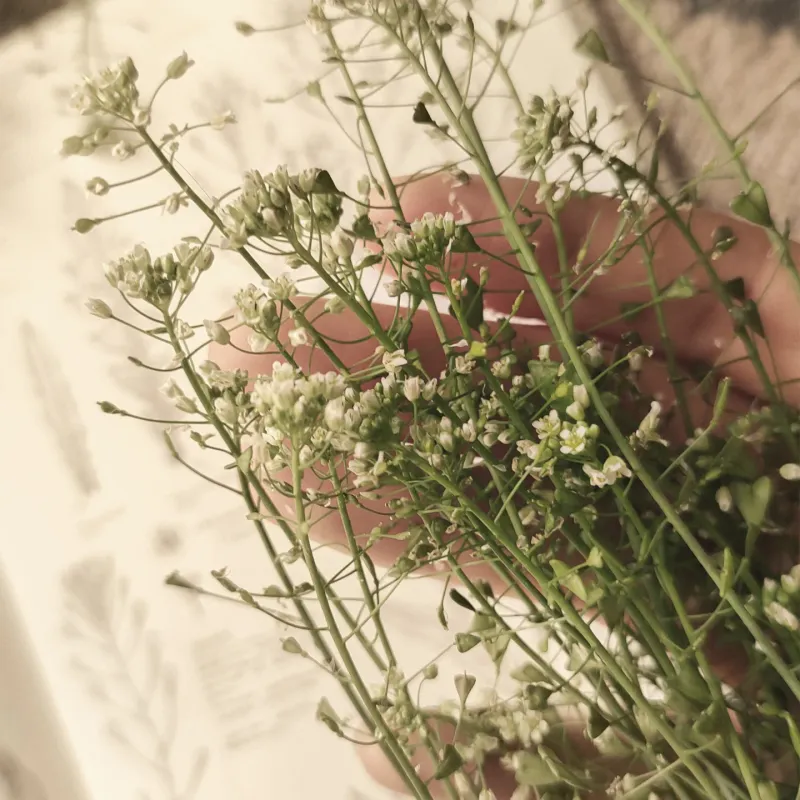
Shepherd’s purse, with its distinctive heart-shaped seed pods, is more than a modest weed. Its appearance can indicate well-drained soil, often thriving in areas rich in potassium. Widely known for its medicinal properties, shepherd’s purse has been a herbal staple for centuries. The presence of this plant can be a reassuring sign that your soil conditions are favorable. Shepherd’s purse is a subtle confidant, hinting at the richness of your garden’s foundation. It stands as a testament to soil vitality.
Thistle
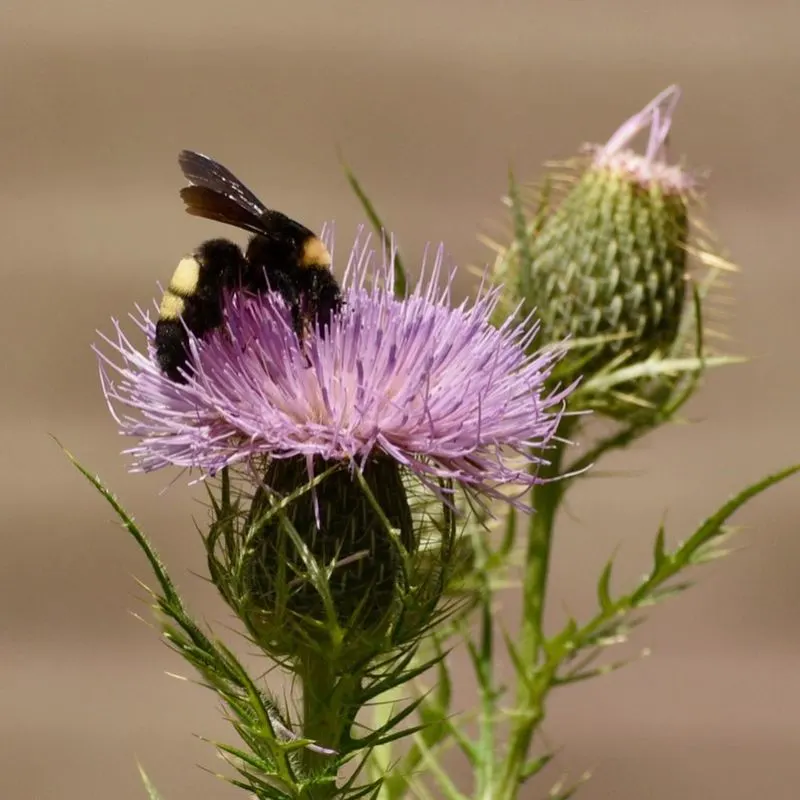
Thistles, with their spiky demeanor, are not just garden foes but also indicators of healthy soil. These plants flourish where nutrients are abundant, and their presence can signal good drainage and soil structure. Historically, thistles have symbolized resilience and endurance. Finding thistles can mean your soil is in robust health, despite their prickly nature. They’re more than just weeds; they’re a testament to your soil’s nutrient richness. Thistles hint at the underlying strength of your garden.
Purslane
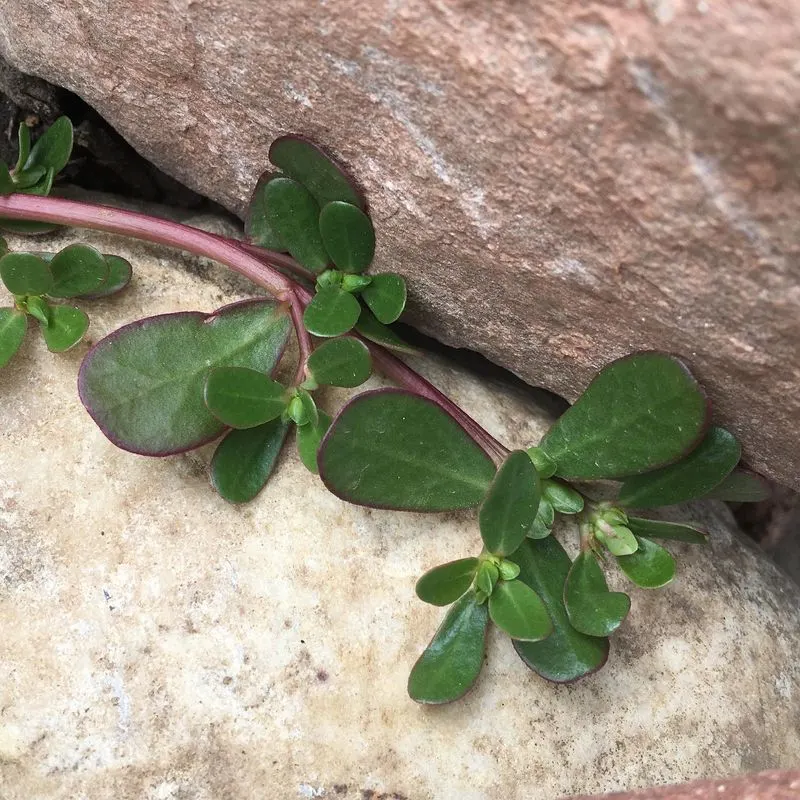
Purslane, often cropping up in unexpected places, is a sign of fertile soil. Known for its succulent leaves, it thrives where there’s plenty of nutrients and sunlight. Purslane has been prized in culinary circles for its omega-3 content. If you spot purslane, consider it a positive indicator of your garden’s health. Its growth suggests a well-balanced environment, rich in essential nutrients. This unassuming plant is quietly championing the cause of soil fertility, one leaf at a time.
Sow Thistle
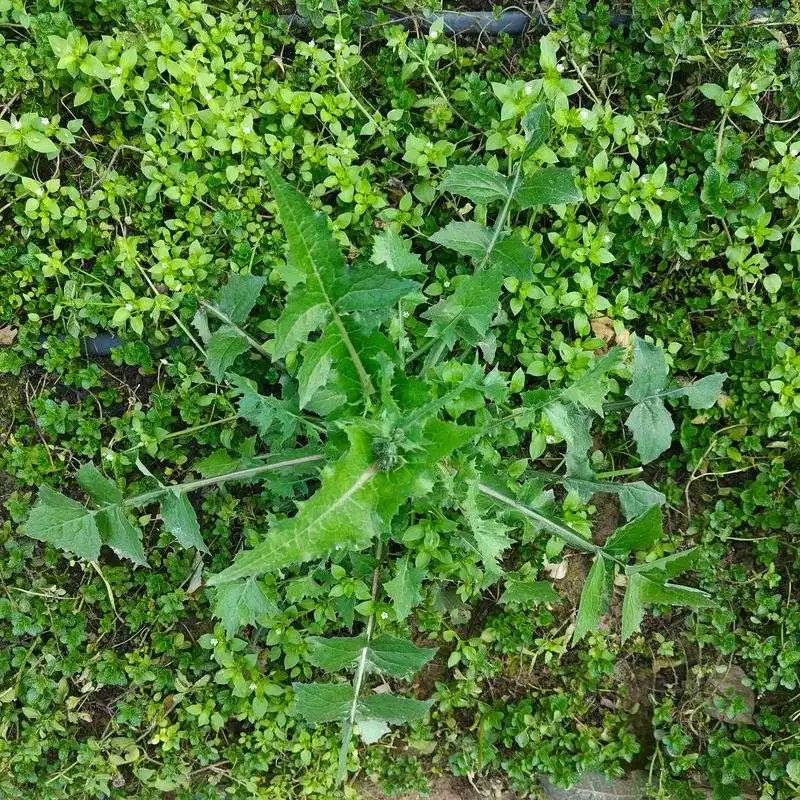
Sow thistle, with its bright yellow flowers, is more than just an invader. It’s a sign that your soil is teeming with nutrients, particularly nitrogen. Historically, sow thistle has been used as livestock fodder and in herbal remedies. Its presence can indicate well-aerated soil capable of supporting vigorous growth. Embrace sow thistle as a natural cue to your soil’s richness. Despite its invasive reputation, it’s a silent supporter of your garden’s vitality. Sow thistle is a nod to healthy, productive land.

